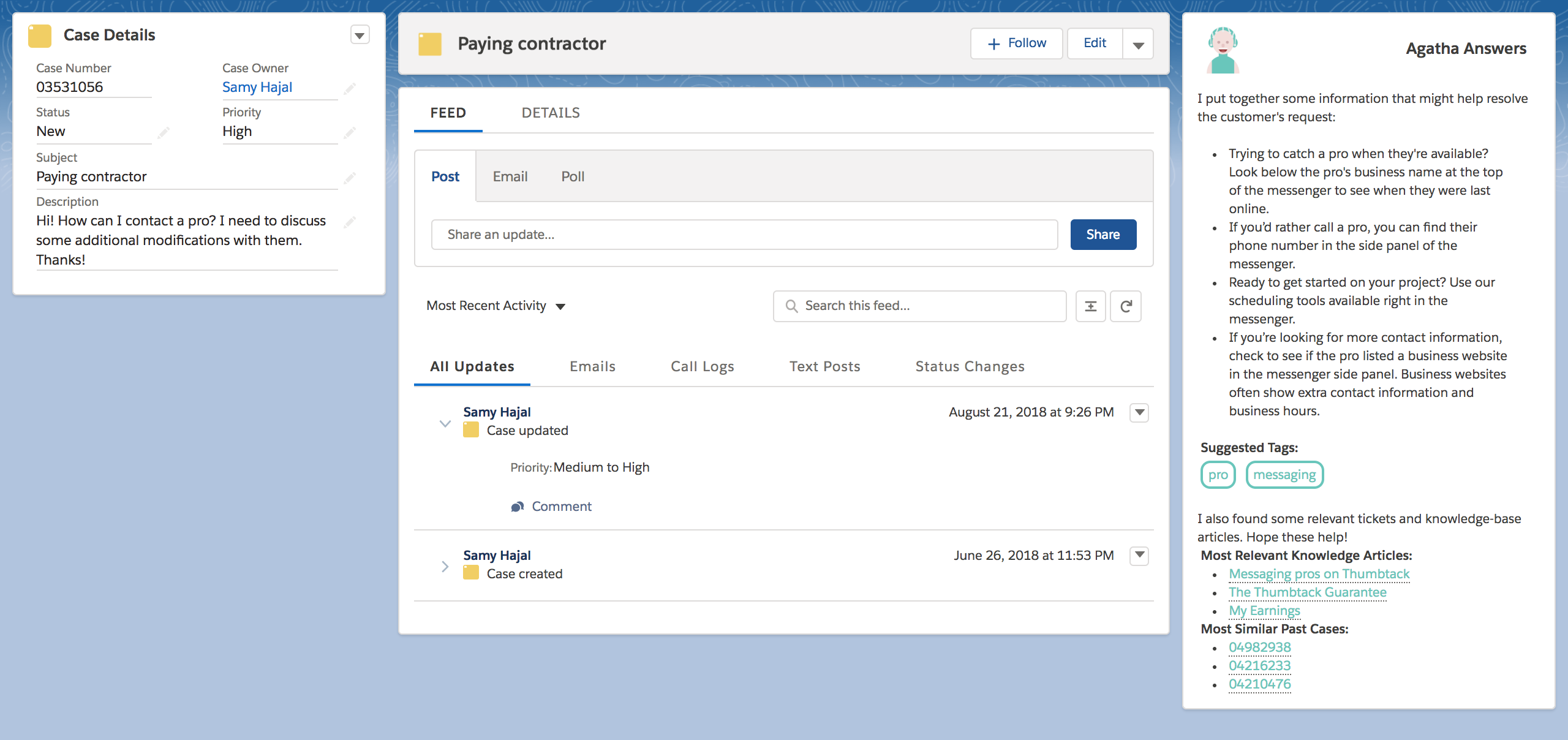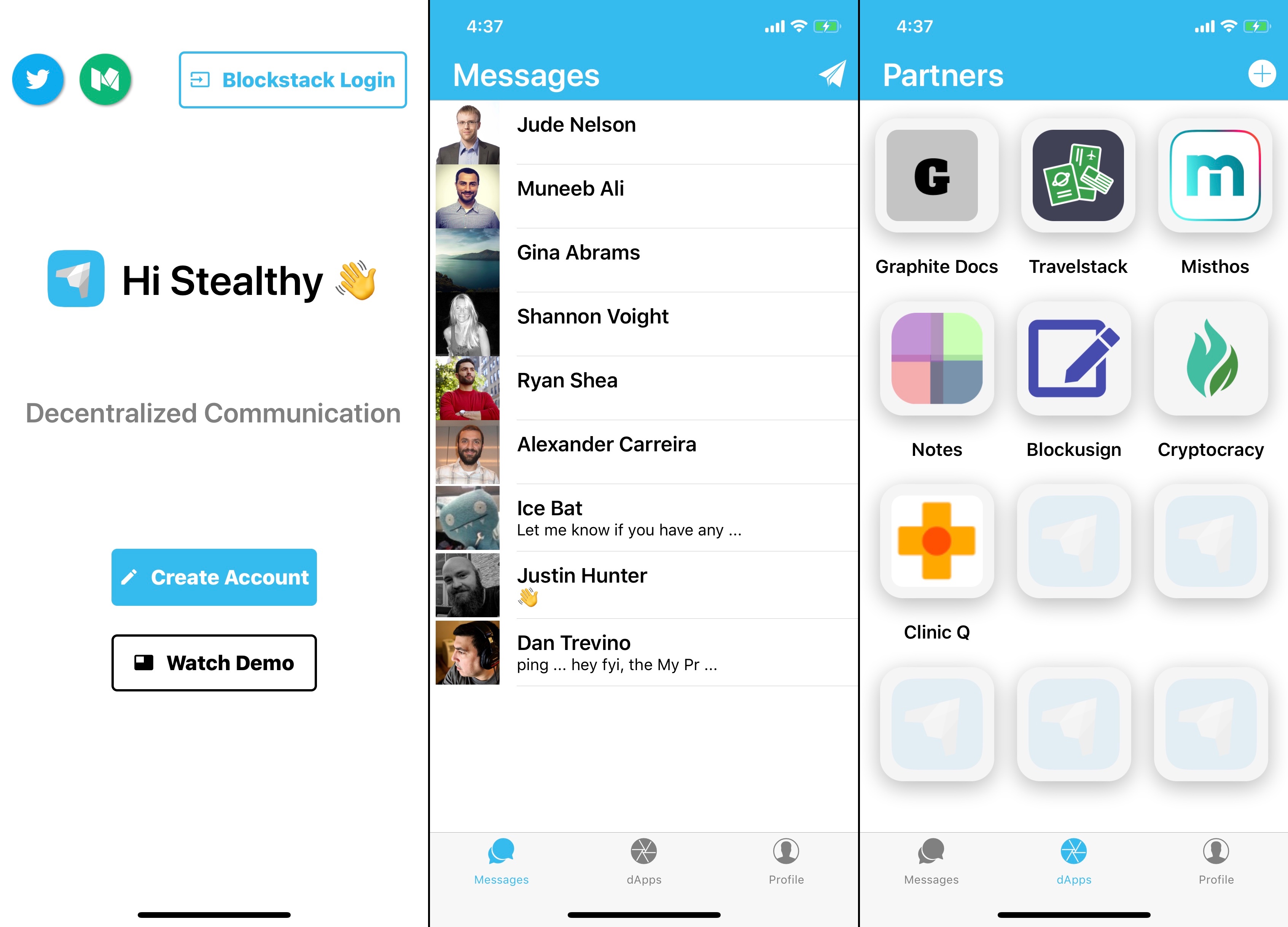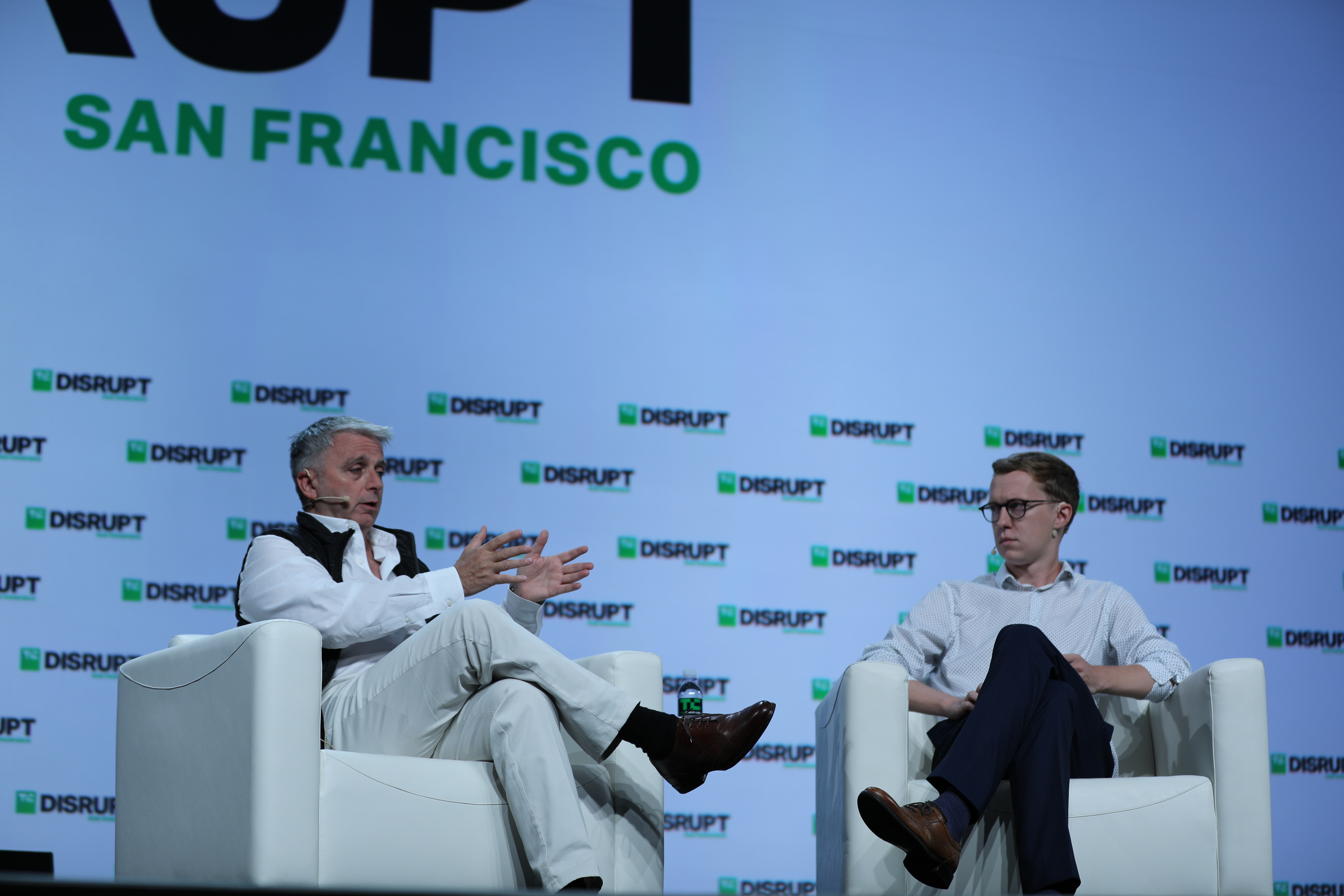Vitamins are proving to be a lucrative industry in the United States. Just last year vitamin sales pulled in roughly $37 billion for the U.S. economy. That’s up from $28 billion in 2010. To cash in on this growing market, several startups have popped up in the last few years — including Nutrigene, a startup combining the vitamin business with another lucrative avenue of revenue in consumer DNA analysis.
Nutrigene believes your genes may hold the secret to what you might be missing in your diet. The company will send you tailor-made liquid vitamin supplements based on a lifestyle quiz and your DNA. You get your analysis by filling out an assessment on the startup’s website, choosing a recommended package such as “essentials,” “improve performance” or “optimize gut health.” After that you can also choose to upload your DNA profile from 23andMe, then Nutrigene will send you liquid supplements built just for you.
Founder Min FitzGerald launched the startup out of Singularity and later accepted a Google fellowship for the idea. Nutrigene then went on to Y Combinator’s winter 2018 class. FitzGerald’s co-founder and CTO Van Duesterberg comes from a biotech and epigenetics background and holds a PhD from Stanford.
PhDs and impressive resumes aside, the vitamin and genetics industries are not without controversy. For every study showing that those who eat a balanced diet don’t benefit from supplements, there are just as many highlighting the benefits of taking your vitamins. Also, coupling vitamin therapy with your DNA seems at a glance dubious. However, Dawn Barry, former VP at Illumina and now president of Luna DNA, a biotech company powered by the blockchain, says it could have some scientific underpinnings. But, she cautioned, nutrigenetics is still an early science.
Amir Trabelsi, founder of genetic analysis platform Genoox, agrees. We interviewed both Trabelsi and Barry previously when Nutrigene first came on our radar. Trabelsi pointed out these types of companies don’t need to provide any proof.
“That doesn’t mean it’s completely wrong,” he told TechCrunch. “But we don’t know enough to say this person should use Vitamin A, for example… There needs to be more trials and observation.”
Nutrigene acknowledges the best supplementation for performance goes beyond just a genetic profile. Our lifestyles, where we live, what we do and what we put in our bodies (or don’t) all can contribute to a deficiency. For better nutritional accuracy, Nutrigene will send you a blood test kit in the mail to test for things like Vitamin D deficiency (a common deficiency in Silicon Valley, according to my doctor). You also can choose to go to a blood testing center to find out what sort of nutritional supplements you’ll need for optimal performance.
One other twist — Nutrigene’s vitamins come in liquid form for what FitzGerald says is the optimum delivery method.
I tried out the program for myself earlier this year, though not for more than a few days as I was pregnant at the time and wanted to stick with the prenatal vitamins I’d been taking. Nothing I saw on the packaging from Nutrigene was dangerous for pregnant women, just run-of-the-mill stuff like vitamin B12, which my genetic analysis said I was prone to be deficient in. But I had already been taking some pretty good prenatal vitamins from New Chapter and a DHA supplement from Nordic Naturals for a year leading up to getting pregnant. I had a very healthy, nearly 9.5 pound baby boy in March. My own doctor, who tested my nutritional levels at the beginning of my pregnancy through a blood sample, did not tell me I had any deficiencies.
That’s not to say it wouldn’t be great for someone else looking for optimal nutrition and wanting a boost through supplementation. It’s also a great industry to get into if you know how to market your products. Though crowded, there’s plenty of room to grow and billions of dollars in the vitamin industry for those who can make their products stand out. DNA analysis and liquid supplementation might just be the thing.
FitzGerald tells TechCrunch that Nutrigene has already shipped 8,500 personalized dosages to customers since launching earlier this year.
For those interested in trying out Nutrigene, you can do so by ordering on the website. Package pricing varies and depends on nutritional needs, but starts at around $85 per month.

Powered by WPeMatico





 It’s maybe no surprise that Google is now expanding its
It’s maybe no surprise that Google is now expanding its 
